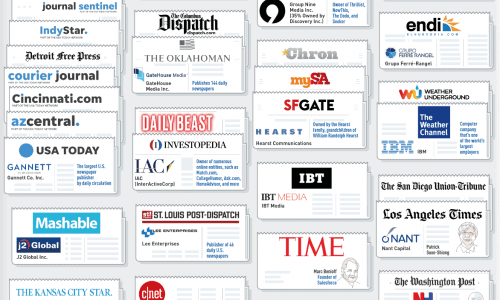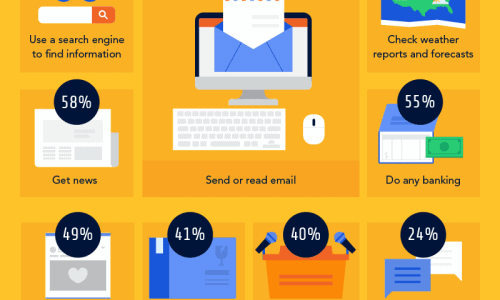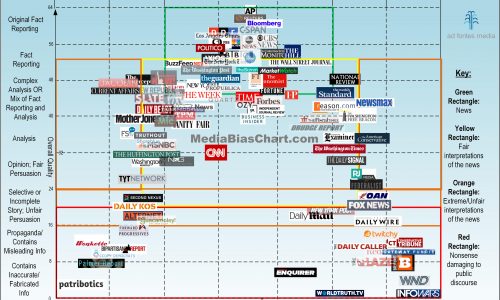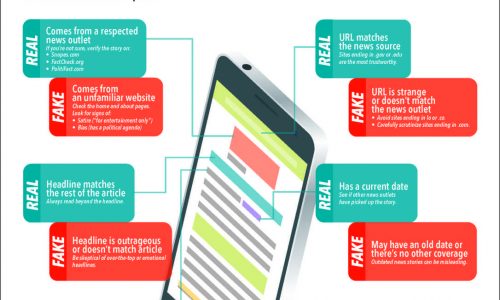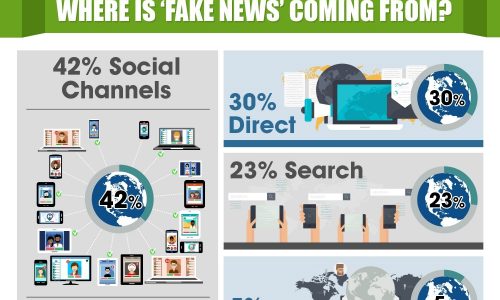
30% of Americans have shared fake news stories. But how many people know what they share is false? A couple of years ago, the term “fake news” wasn’t commonplace. Fast forward to today, and this social phenomenon is seen as one of the latest threats to democracy, free debate and in general, the Western order. Some might think this is overreacting, some might think this is the truth of the matter.
Regardless of your stance on the impact of fake news, it’s challenging to deny the close relation between phony news and social media. A headline than two decades ago would have been forgotten in a couple of days, can now be shared and liked among dozens of platforms in every corner of the world. Identifying false information is tricky.
Fake news is news in which part or all the information is misleading, overly sensational, or just fabricated. This means that a crazy headline with a weird spin on a real report can be considered fake news. Most people don’t even bother to read the whole article before sharing, so headlines are a significant component of fake news.
The fake news craze is here to stay. Out of the 30% of people who shared fake news, a whopping 14% of Americans knew it was untrue. Human behavior impacts what’s shared. Social media outlets have been put under the spotlight. Some platforms are taking measures to counter the impact fake news could have on politics around the world. While we wait for those changes to be somewhat effective, I’m not holding my breath. What do you think about this phenomenon?

